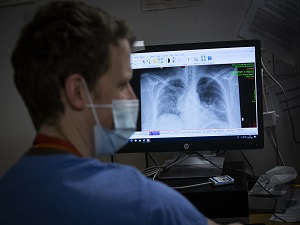
By Jonathan McCambridge (PA)
Around 16% of imaging equipment used in health settings in Northern Ireland is “effectively obsolete”, an Audit Office report has found.
Comptroller and Auditor General Dorinnia Carville has raised concerns over the “substantial proportion of out-of-date equipment” and a growing gap between demand and capacity.
The Department of Health said that while some of the equipment base “would ideally be replaced at a quicker rate”, it remains “safe and fit for purpose”.
The report said that around 90% of all hospital patients have images taken and interpreted.
It said that increasing recognition of the benefits of imaging services has resulted in a “growing demand for them”.
The report added: “Combined with changing patient demographics, and an absence of sustainable funding and resources, capacity has been unable to keep pace.”
The report said that between 2018 and 2024, the health service delivered a total of 350,000 fewer scans (MRI, CT, and non-obstetric ultrasound scans) than what was required to meet demand.
Similarly, waiting lists and waiting times for imaging services have risen in that period.
It said: “Between March 2019 and March 2024 the total numbers on waiting lists for the four main imaging categories combined have increased by 56%, from 50,500 to 78,700.
“Concerningly, the number of patients waiting longer than two weeks for a red flag suspected cancer scan has increased five-fold from 260 cases to almost 1,800.”
The report said that timely replacement of imaging equipment is one of the “key components to service delivery and quality”.
It said: “Currently 16% of all HSC imaging equipment is over 10 years old and is effectively obsolete.
“Older equipment can result in increased downtime and maintenance costs.
“It can also be potentially slower, reducing the number of patients which can be scanned, and may produce lower quality images meaning an increased risk of missed disease.”
However, the report noted a shortfall in the funding for replacing equipment.
It said: “Compared to the estimated £15 million to £25 million required annually, an annual average of just over £6 million has been provided since 2020-21.
“Without additional funding, the proportion of older equipment will almost inevitably increase further.”
The Audit Office report also said if workforce challenges are left unaddressed it “could further undermine service delivery”.
It said workforce planning indicated that the number of current consultant radiologist training places needs to be doubled to meet current demand.
Whilst a proposal for a NI Imaging Academy has been included in the Department of Health’s current capital works plan, it is “currently unclear” if or when the funding required to support the delivery of this will be available, the report added.
Ms Carville said: “When delivered on a timely basis, imaging services can significantly assist patient diagnosis.
“They also help clinicians identify future treatment and interventions required to ensure patients conditions are appropriately treated and do not unnecessarily deteriorate, with early intervention also widely recognised as often the most cost-effective approach.
“Today’s report outlines several fundamental challenges and pressures facing these services, including a substantial proportion of out-of-date equipment, a growing gap between demand and capacity, and questions of how workforce shortages can be adequately addressed.”
“Although there are clearly many competing priorities for the HSC budget, it is important that the department and other stakeholders take stock of the current situation facing imaging services and set out how they intend to address these to support the longer-term sustainability of services.”
The Department of Health welcomed the report and its recognition of the “significant” funding gaps for increases in demand for imaging demand.
It said: “In December 2024 the Health Minister published a three-year plan which recognised HSC diagnostic capacity as a fundamental enabler of the three pillars of HSC stabilisation, transformation and delivery.
“Unfortunately, due to budget pressures over several years, it has not been possible to grow diagnostic capacity in line with the increase in demand for these services.
“However, a number of strategic initiatives are under way to address these gaps.”
It added: “With regard to the equipment base, it is acknowledged that some of the equipment base has been in use for over 10 years, and would ideally be replaced at a quicker rate, however this equipment remains safe and fit for purpose.
“The regional medical imaging board monitors the use, configuration and age of all imaging equipment across the entire health and social care system, and has developed a schedule for prioritising the replacement of equipment and the procurement of additional equipment in line with population needs and available budget.
“In terms of the imaging workforce, the department has recognised that an innovative approach is required to meet future demand.
“A business case is currently being developed for a multi-professional Northern Ireland imaging academy which aims to further and significantly increase the supply of locally-trained consultant radiologists and advanced radiographer practitioners.
“While this is a priority area for the department, progress remains subject to business case approval and the identification of additional recurrent funding.”
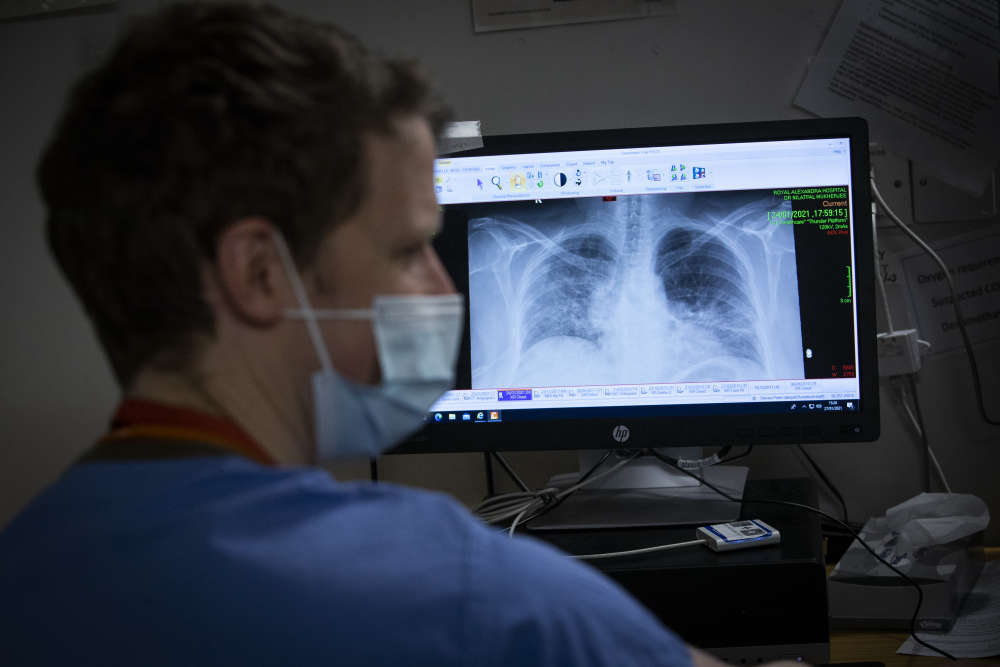
doctors analysing the chest scan of a covid patient in SATA (Specialist Assessment and Treatment Area) at the Royal Alexandra Hospital in Paisley (photo by PA)
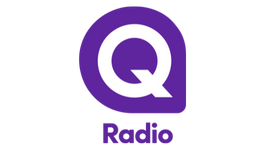
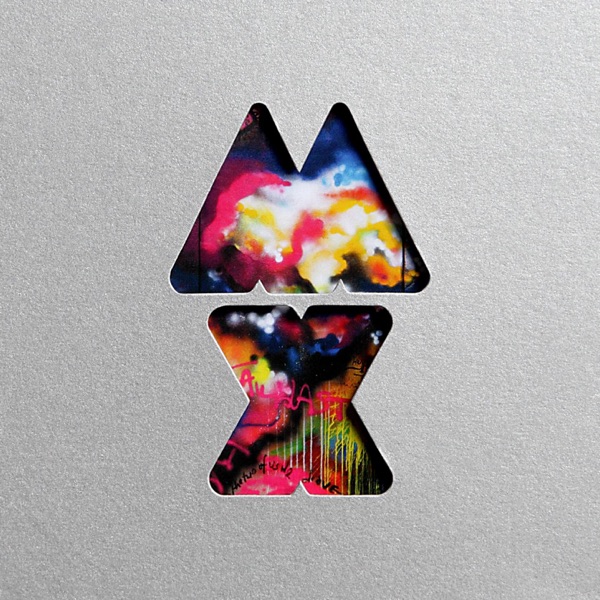
 Hilary Benn: Increase in minimum wage will be ‘real help’
Hilary Benn: Increase in minimum wage will be ‘real help’
 Suicide rates ‘three times higher’ in Northern Ireland’s most deprived areas
Suicide rates ‘three times higher’ in Northern Ireland’s most deprived areas
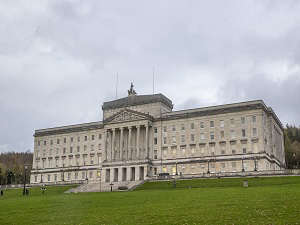 Stormont has ‘engaged with police’ over abuse of MLAs
Stormont has ‘engaged with police’ over abuse of MLAs
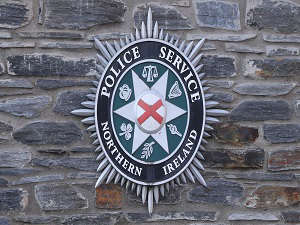 Woman knocked unconscious following assault in Banbridge
Woman knocked unconscious following assault in Banbridge
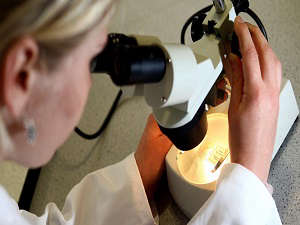 Queen’s team part of £5.5m research project to transform bowel cancer care
Queen’s team part of £5.5m research project to transform bowel cancer care